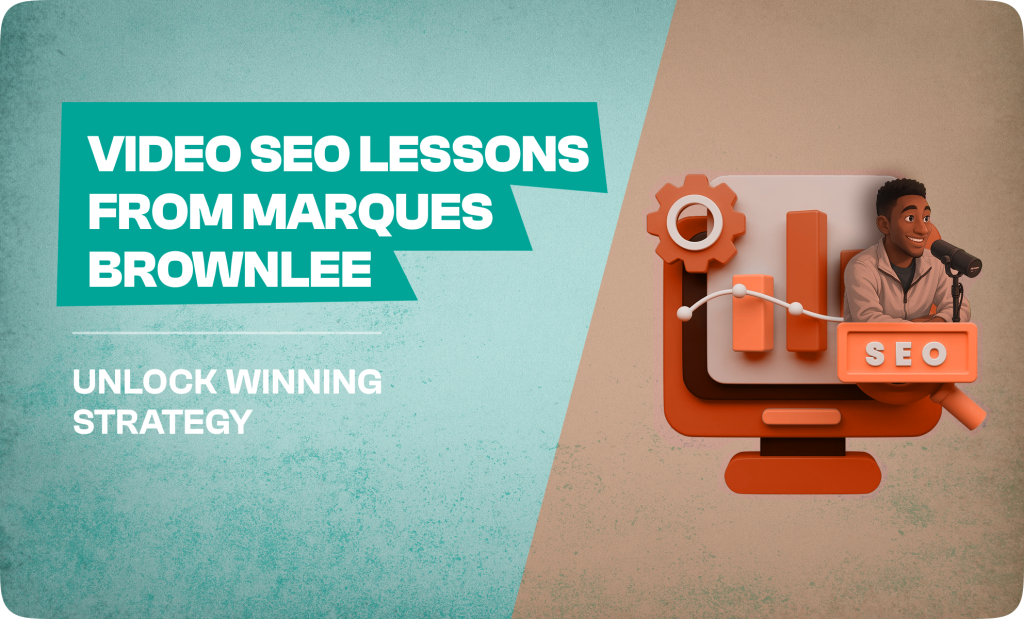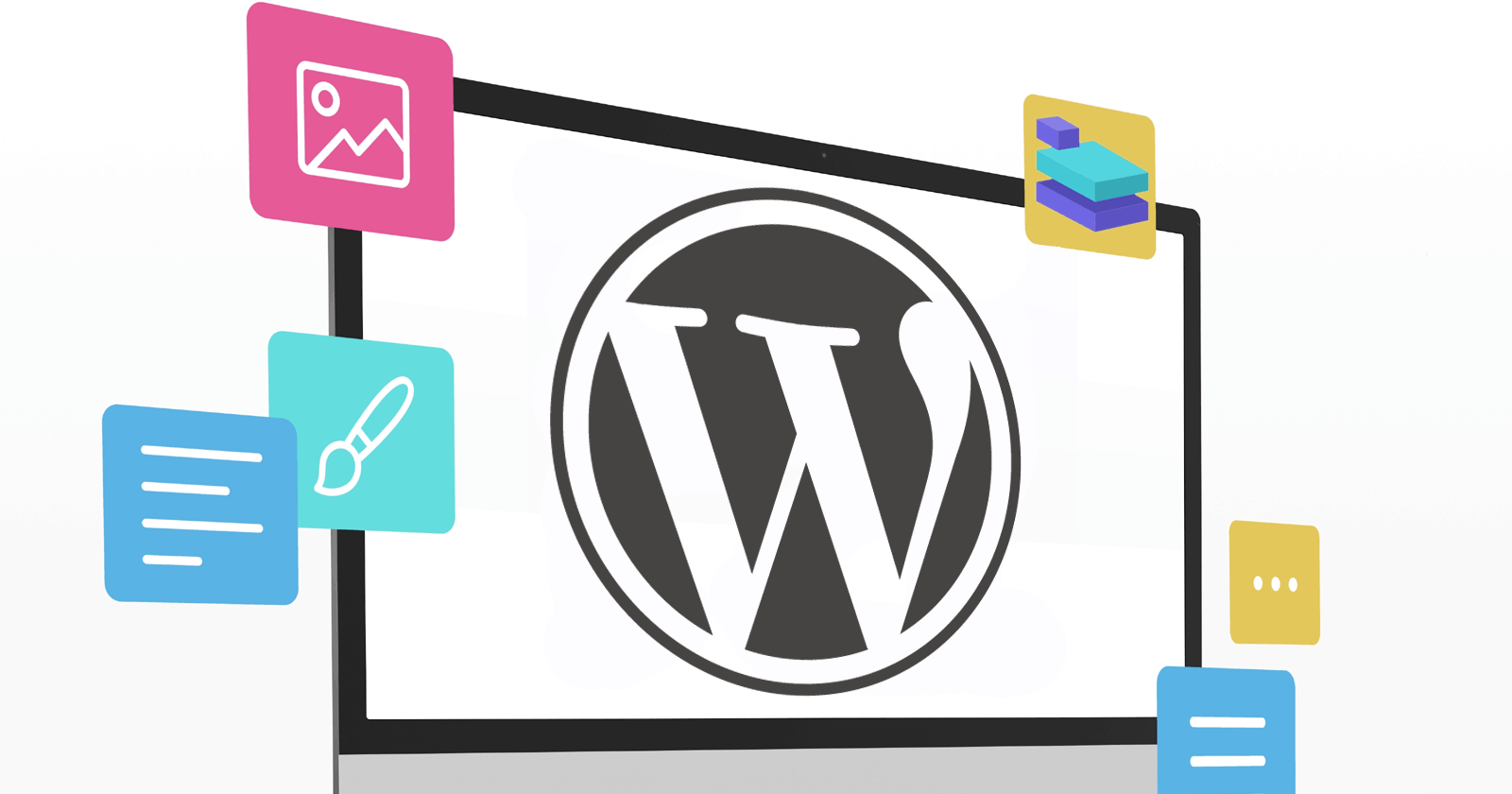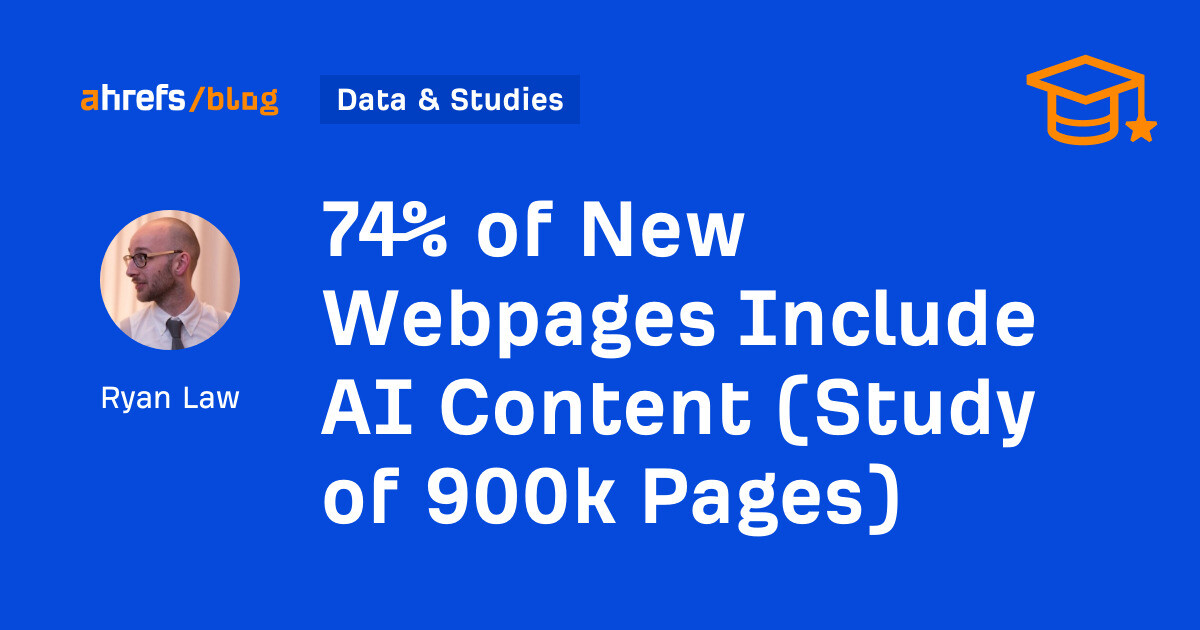Future-Proofing WordPress SEO: How To Optimize For AI-Driven Search Features via @sejournal, @cshel
Search engines now surface answers, not just links. This article covers how to structure your WordPress site for better visibility and authority. The post Future-Proofing WordPress SEO: How To Optimize For AI-Driven Search Features appeared first on Search Engine...

Search is changing. I hate saying that (again) because it feels cliche at this point. But, cliche or not, it is true and it is seismic.
With the rollout of AI Overviews, Bing Copilot, and conversational search interfaces like ChatGPT and Perplexity, SEO is no longer just about traditional rankings; it’s about representation and visibility.
Instead of obsessing over page 1 and traffic numbers, WordPress site owners need to start focusing on whether they’re represented in the answers users actually see and if that visibility is resulting in revenue.
The old rankings system itself is mattering less and less because AI-driven search features aren’t just scraping a list of URLs. They’re synthesizing content, extracting key insights, and delivering summary answers.
If your content isn’t built for that kind of visibility, it may as well not exist.
Google doesn’t even look like Google anymore. Since the March core update, AI Overviews have more than doubled in appearance, and this trend shows no signs of slowing. This is our new reality, and it’s only going to accelerate.
WordPress is already a flexible, powerful platform, but out of the box, it’s not optimized for how AI-driven search works today.
In this guide, I’ll show you how to future-proof your WordPress site by aligning your structure, content, and technical setup with what large language models actually understand and cite.
Don’t Build Trash Content
Before we talk about how to do it right, let’s talk about the strategy that’s finally running out of road.
For literal decades, site owners have spun up content sites that were never designed for people, only for ad revenue. These sites weren’t meant to inform or help – just rank well enough to earn the click and display the ad.
Unfortunately, WordPress made this model wildly scalable. It almost instantly became the go-to tool for anyone who wanted to launch dozens (or hundreds) of sites fast, slap on some AdSense, and rake in passive income – money for nothing and your clicks for free.
That model worked very well for a very long time. But (thankfully), that time has come to an end.
AI Overviews and answer engines aren’t surfacing this kind of content anymore. Traffic is drying up. Cost per mille (CPM) is down. And trust – not volume – is the currency that search engines now prioritize.
Even if you’re trying to brute-force the model with paid placements or “citation strategies,” you’re competing with brands that have earned their authority over the years.
To be clear, WordPress is not and was never the problem. The problem is that people use it to scale the wrong kind of content.
If your content is created for algorithms instead of actual people, AI is going to pass you by. This new era of search doesn’t reward valueless content factories. It rewards clarity, “usefulness,” and trust.
Nothing in the rest of this article is going to fix that dying business model. If that’s what you’re here for, you’re already too late.
If, however, you’re focused on publishing something valuable – something worth reading, referencing, or citing – then please, keep reading.
Use WordPress Like You Mean It
WordPress is the most widely used content management system (CMS) for a reason. It’s flexible, extensible, and powerful when you use it right.
However, default settings and bloated themes won’t cut it in an AI-first environment. You have to optimize with clarity in mind.
Let’s start with your theme. Choose one that uses semantic HTML properly: <article>, <section>, <main>, and a clear heading hierarchy.
Avoid themes and builders that generate “div soup.” Large language models rely on clean HTML to interpret relationships between elements. If your layout is a maze of <div>s and JavaScript, the model may miss the point entirely.
If the theme you love isn’t perfect, that’s fine. You can usually fix the markup with a child theme, custom template, or a little dev help. It’s worth the investment.
A Checklist For Optimizing WordPress Fundamentals
Use lightweight themes: e.g., GeneratePress, Astra, or Blocksy are all well-regarded by developers for their performance and clean markup. Optimize image delivery: Large, uncompressed images are one of the biggest culprits behind slow load times. Reducing file sizes improves speed, performance scores, and user experience, especially on mobile. Use caching and CDNs: These reduce server load and speed up delivery by storing content closer to your users. Better performance means faster indexing, higher satisfaction, and improved Core Web Vitals. Delete unused plugins: Seriously. If it’s deactivated and collecting dust, it’s a liability. Every inactive plugin is an unpatched attack vector just waiting to be exploited. Delete unused themes: Same issue as above. They can still pose security risks and bloat your site’s file structure. Keep only your active theme and a fallback default, like Twenty Twenty-Four.Declutter Hidden Or Fragmented Content
Pop-ups, tabs, and accordions might be fine for user experience, but they can obscure content from LLMs and crawlers.
If the content isn’t easily accessible in the rendered HTML – without requiring clicks, hovers, or JavaScript triggers to reveal – it may not be indexed or understood properly.
This can mean key product specs, FAQs, or long-form content go unnoticed by AI-driven search systems.
Compounding the problem is clutter in the Document Object Model (DOM).
Even if something is visually hidden from users, it might still pollute your document structure with unnecessary markup.
Minimize noisy widgets, auto-playing carousels, script-heavy embeds, or bloated third-party integrations that distract from your core content.
These can dilute the signal-to-noise ratio for both search engines and users.
If your theme or page builder leans too heavily on these elements, consider simplifying the layout or reworking how key content is presented.
Replacing JavaScript-heavy tabs with inline content or anchor-linked jump sections is one simple, crawler-friendly improvement that preserves UX while supporting AI discoverability.
Use WordPress SEO Plugins That Help Structure For LLMs
WordPress SEO plugins are most often associated with schema, and schema markup is helpful, but its value has shifted in the era of AI-driven search.
Today’s large language models don’t need schema to understand your content. But that doesn’t mean schema is obsolete.
In fact, it can act as a helpful guidepost – especially on sites with less-than-perfect HTML structure (which, let’s be honest, describes most websites).
It helps surface key facts and relationships more reliably, and in some cases, makes the difference between getting cited and getting skipped.
Modern SEO tools do more than just generate structured data. They help you manage metadata, highlight cornerstone content, and surface author information – all of which play a role in how AI systems assess trust and authority.
Just don’t make the mistake of thinking you can “add E-E-A-T” with a plugin toggle. John Mueller has said as much at Search Central Live NYC in March of this year.
What author schema can do, however, is help search engines and LLMs connect your content to your wider body of work. That continuity is where E-E-A-T becomes real.
Finally, consider adding a WordPress SEO plugin that can generate a Table of Contents.
While it’s useful for readers, it also gives LLMs a clearer understanding of your page’s hierarchy, helping them extract, summarize, and cite your content more accurately.
Structure Your Content So AI Uses It
Whether you’re creating posts in the Block Editor, Classic Editor, or using a visual page builder like Elementor or Beaver Builder, the way you structure your content matters more than ever.
AI doesn’t crawl content like a bot. It digests it like a reader. To get cited in an AI Overview or answer box, your content needs to be easy to parse and ready to lift.
Start by using clear section headings (your H2s and H3s) and keeping each paragraph focused on a single idea.
If you’re explaining steps, use numbered lists. If you’re comparing options, try a table. The more predictable your structure, the easier it is for a language model to extract and summarize it.
And don’t bury your best insight in paragraph seven – put your core point near the top. LLMs are just like people: They get distracted. Leading with a clear summary or TL;DR increases your odds of inclusion.
Finally, don’t forget language cues. Words like “Step 1,” “Key takeaway,” or “In summary” help AI interpret your structure and purpose. These phrases aren’t just good writing; they’re machine-readable signals that highlight what matters.
Show AI You’re A Trusted Source
WordPress gives you powerful tools to communicate credibility – if you’re taking advantage of them.
E-E-A-T (which stands for experience, expertise, authoritativeness, and trustworthiness) isn’t just an acronym; it’s the bar AI systems use to decide whether your content is worth citing.
WordPress gives you plenty of opportunities to show you’re the real deal.
Start by making your authors visible. Include a bio, credentials, and a link to an author archive.
If your theme doesn’t support it, add a plugin or customize the layout.
Schema markup for authors helps, too, but remember, it doesn’t magically give you E-E-A-T. What it does is help LLMs connect your byline to your broader body of work across the web.
From there, build out internal signals of authority. Link your content together in meaningful ways.
Surface cornerstone pieces that demonstrate depth on a topic. These internal relationships show both users and machines that your site knows what it’s talking about.
Finally, keep it fresh. Outdated content is less likely to be included in AI answers.
Regular content audits, scheduled refreshes, and clear update timestamps all help signal to LLMs (and humans) that you’re active and credible.
Final Thoughts: Build For Understanding, Not Just Ranking
At this point, it should be clear that WordPress can absolutely thrive in an AI-first search environment – but only if you treat it like a platform, not a shortcut.
Success with AI Overviews, answer engines, and conversational search doesn’t come from tricking algorithms. It comes from helping language models truly understand what your content is about – and why you’re the one worth citing.
That means focusing on structure. On clarity. On authorship. On consistency. That means building not just for Google’s crawler, but for the models that generate answers people actually read.
So, yes, SEO has changed. If you’re using WordPress, you’re already holding the right tool. Now, it’s just a matter of wielding it well.
More Resources:
The Triple-P Framework: AI & Search Brand Presence, Perception & Performance A Candid Assessment Of AI Search & SEO SEO In The Age Of AIFeatured Image: Roman Samborskyi/Shutterstock

 MikeTyes
MikeTyes 






















![Which Artists Are Most Referenced in AI Prompts [Infographic]](https://imgproxy.divecdn.com/BzmpaYw7U5iwprg2OKRl430JDgft_x_e3knyzXOE-2k/g:ce/rs:fit:770:435/Z3M6Ly9kaXZlc2l0ZS1zdG9yYWdlL2RpdmVpbWFnZS9haV9hcnRpc3RzMi5wbmc=.webp)







